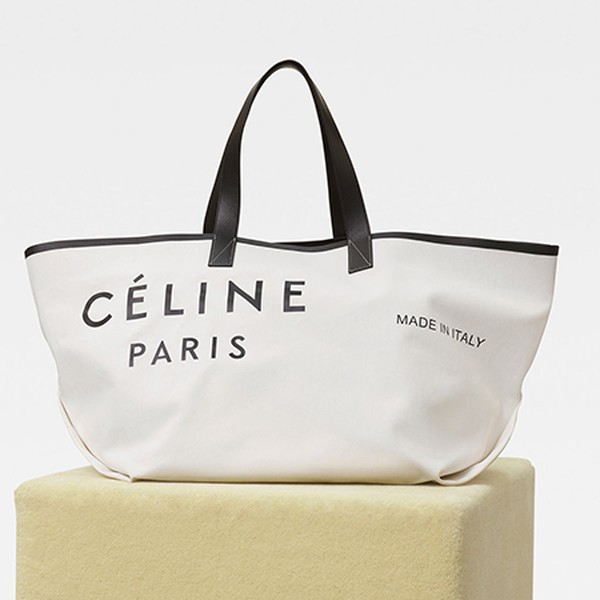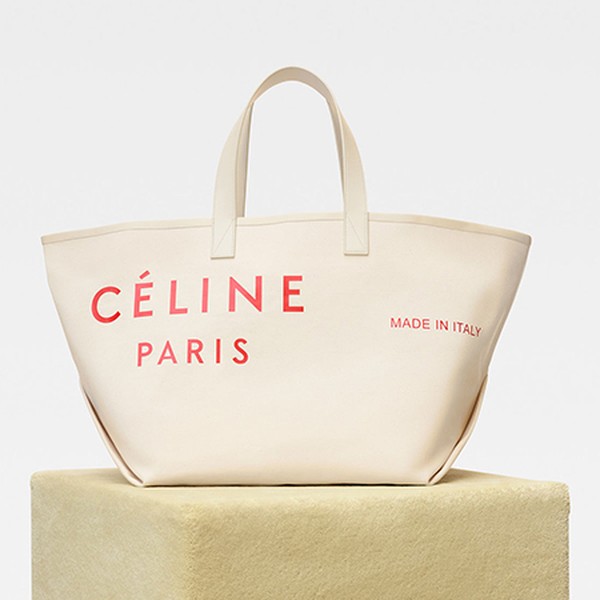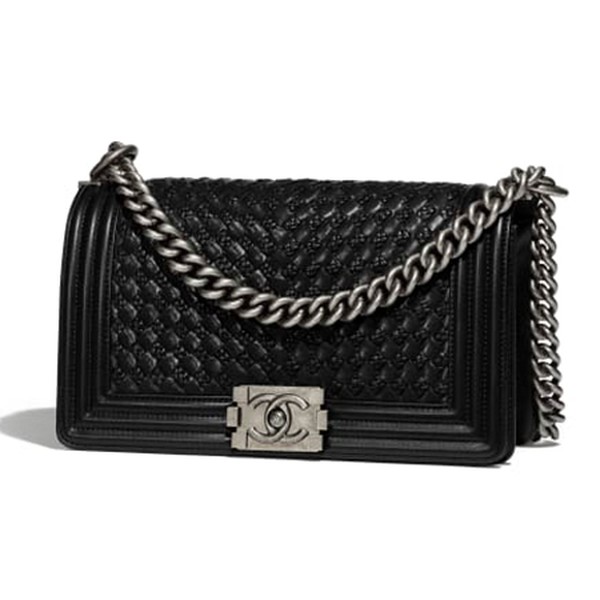Why Designer Beach Bags Are A Waste Of Money
The question we’re asked more than any other here at SL is what handbag will be the best investment. From a quilted Chanel to a keep-dreaming Birkin, a few obvious answers always come out on top, and they all have one outstanding thing in common.
When you’re dropping serious money on a designer bag, it’s the quality that counts. Renowned accessories journalist Carolyn Assome once visited the Chanel factory in the Paris suburbs for the Evening Standard, noting that “a 2.55 or a 11.12 bag can take up to 18 hours of production, will involve 180 different procedures and will be worked on by up to 15 different people”. From ethically sourced grosgrain and lambskin to “artisanat industriel” (Chanel-speak for a manufacturing workforce), what you’re really paying for is the skill and hours required for production. The Week observed something similar – over 17,000 components per collection go through rigorous quality control, including seemingly extreme measures; journalist Alexandra Zagalsky recounted witnessing a new season Boy bag locked in a 95% humidity chamber in a lab environment, “like some exotic zoo specimen,” to confirm its durability.
It’s good to know brands can justify their price tags. The only problem? The cost of designer goods is forever on the rise, whilst income levels are remaining depressingly inert. Claire Foster, director of accessories and footwear at trend forecaster WGSN, told the Business of Fashion: ‘[In recent years,] we saw luxury bags reach extremely aspirational price points that priced many fashion-forward consumers out of the market, which created a bit of a gap in the market for leather bags that are still an investment purchase but that aren’t going to break your bank account.” That accounts for the rise of mid-priced designer bag names – think Cult Gaia, Simon Miller, Danse Lente, Manu Atelier, Mansur Gavriel and more. So how do the heavyweight designers compete? First came the mini bag, championed by Fendi, Gucci and Saint Laurent, which garnered impressive success – BoF reported a 100% rise in sales of mini bags 2015 and a 50% increase in online searches for mini handbags year-on-year. But with iPhones outgrowing their minute dimensions and women increasingly looking to spend hard earned cash on more practical investments, it’s no surprise that the latest crop of “affordable” designer bags has an altogether different feel.
From Céline to Saint Laurent, brands are eschewing leather to create canvas and cotton totes – lauded as beach bags (and used so by fashion Instagrammers), these substitutes for traditional leather offerings have been spotted on the arms of Pernille Taesbaek and Leandra Medine, giving them style clout. Couple that with their significantly cheaper price tags (Céline’s Medium Made Tote is £970, compared to £1700 for the same piece in leather) and consumers are swarming towards the new styles.
Call it the Goyard effect. The French label shrouds itself with characteristics of luxury – white-gloved doormen, minimal store openings, no concessions or spin-offs diluting the brand – and has the legacy and product to back this up. However, their most popular offering, the St Louis tote (the one you see on glam holidaymakers and yummy mummies the world over) is created from a lightweight linen fabric and cotton/linen blend lining. Sure, there’s still craftsmanship involved in their creation, but when you consider the time, effort and manpower that goes into designing a hardware-adorned leather creation at Chanel, it’s hard to quantify their $1725 price tag.
I do understand the temptation. Practical in size and often emblazoned with a logo or brand name, they’re an easy status symbol to elevate your outfit and not cost the earth. And, of course, the pecuniary jump from these styles to classics leather designs is significant – as the Céline design shows, it’s at least a 100% jump to the next price point. But, as Goyard fans have learnt the hard way, the less craftsmanship involved in a design, the more easily replicable it is – cheap, foreign market copies of these new high-end styles are already cropping up. Plus, with brands like the aforementioned Cult Gaia now on the scene, you don’t need to be splashing out on logo-adorned totes; it’s far cooler to spend £100 on an unmarked bag that actually ticks the trends box. Perhaps easier said than done, but my advice is to save your pennies for the real deal. It will feel a lot better in the long run.
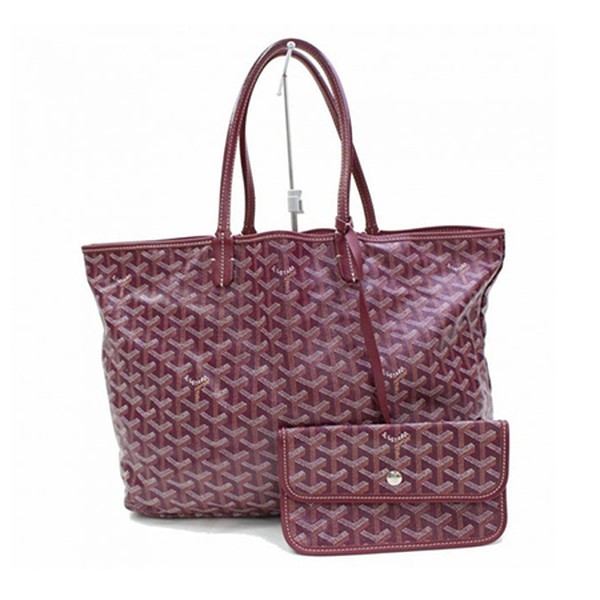
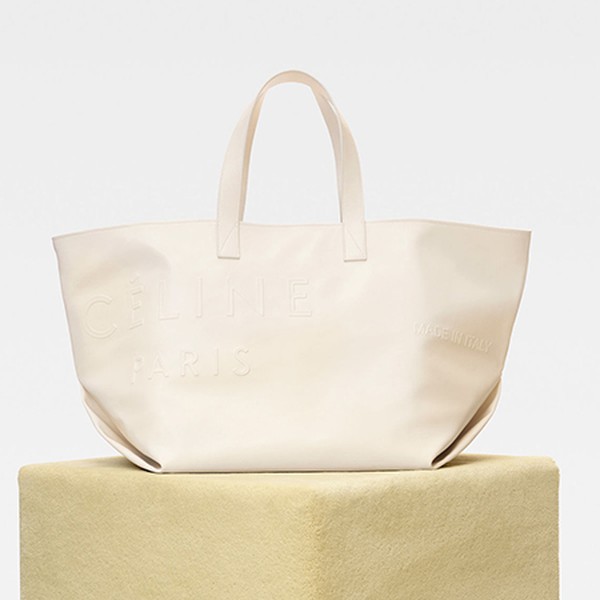
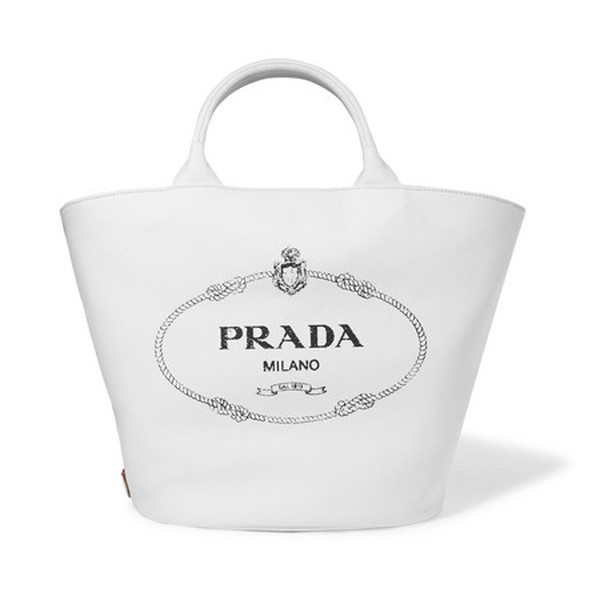
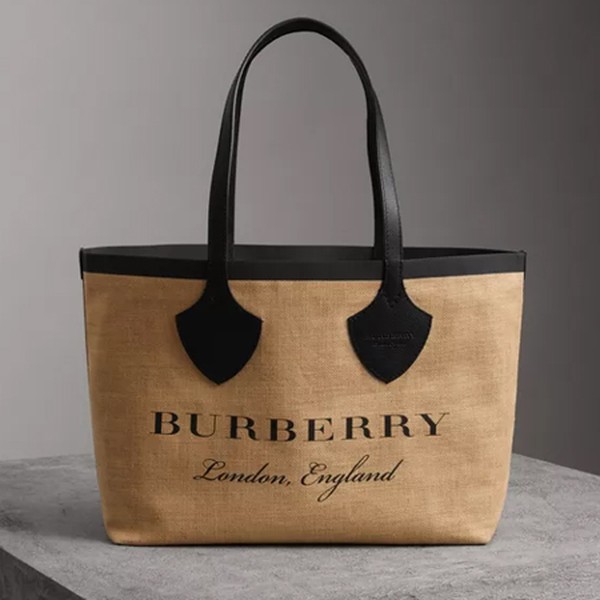
Investment worthy...

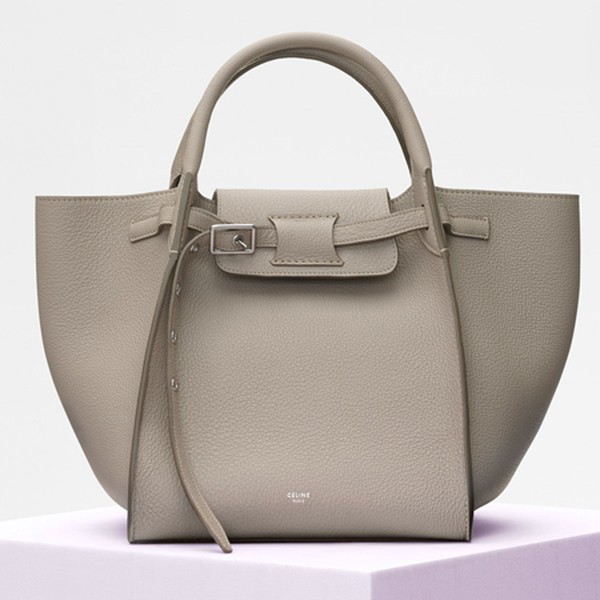
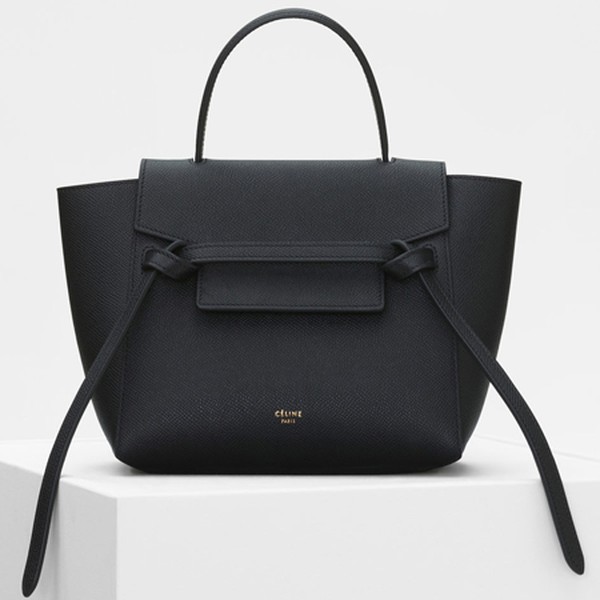
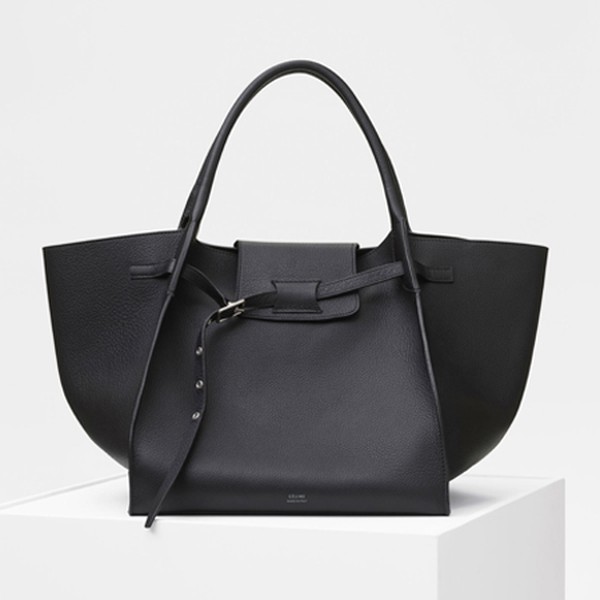
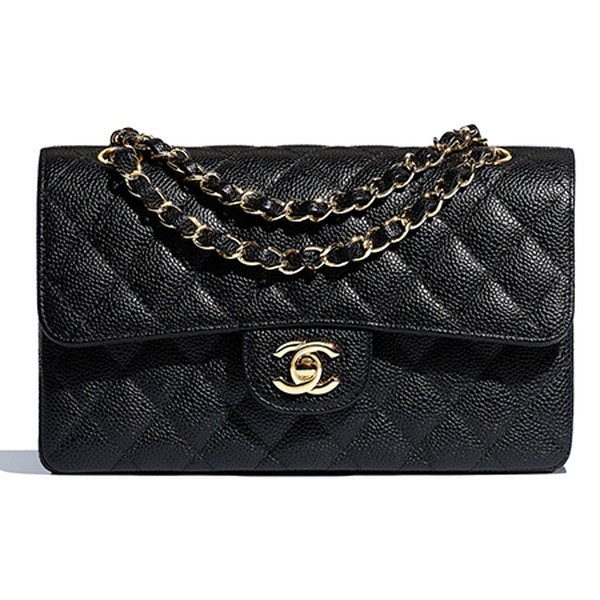
DISCLAIMER: We endeavour to always credit the correct original source of every image we use. If you think a credit may be incorrect, please contact us at info@sheerluxe.com.
